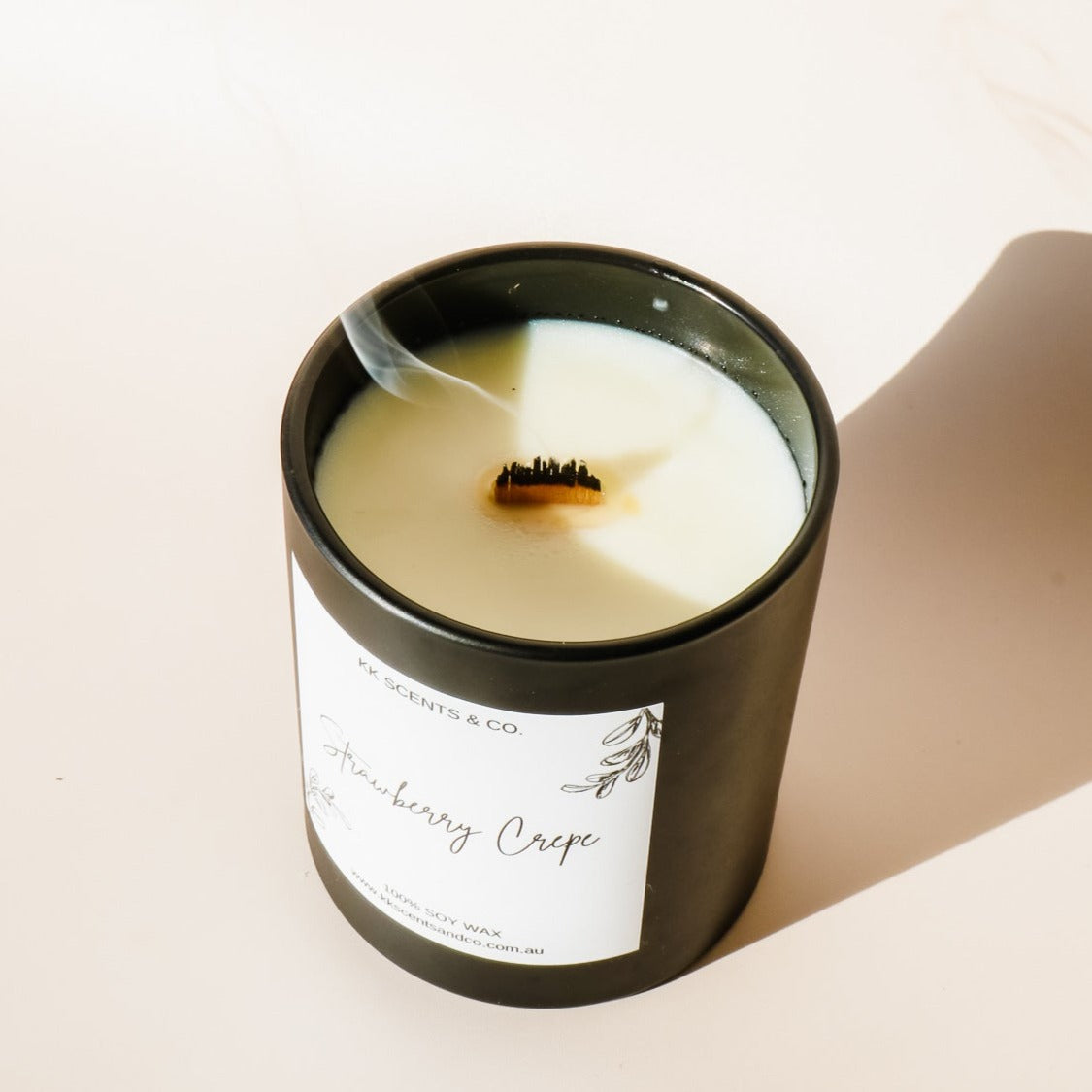Transform Your Home with Eco-Friendly Soy Candles and Home Fragrance
Transform Your Home with Eco-Friendly Soy Candles and Home Fragrance
Blog Article
From Wick to Wax: Understanding the Chemistry Behind Soy Wax Candles and Their Ecological Impact
As we brighten our rooms with the warm radiance of candle lights, there exists a realm of elaborate chemistry behind the apparently simple act of lighting a soy wax candle. The selection in between soy and paraffin wax extends past simple visual appeals, delving right into the world of environmental effect and the very make-up of the products. Understanding the molecular framework of soy wax and its combustion process sheds light on the discharges released right into our surroundings. Join us as we unwind the scientific details behind soy wax candles and explore their effects on our environment.
Soy Wax Vs. Paraffin Wax
When contrasting soy wax and paraffin wax for candle making, it is vital to understand the unique qualities and benefits of each product. Soy wax is an all-natural, renewable resource stemmed from soybean oil, making it naturally degradable and green - soy wax candles. On the other hand, paraffin wax is a result of oil refining, which elevates worries about its environmental effect and sustainability
Soy wax candles melt cleaner and give off much less residue contrasted to paraffin wax candle lights, making them a healthier selection for indoor air quality. Additionally, soy wax has a reduced melting point, permitting for a longer-lasting candle light that distributes fragrance better. Paraffin wax, on the various other hand, often tends to burn faster and less easily, potentially releasing unsafe chemicals right into the air.
From a sustainability viewpoint, soy wax is favored for its biodegradability and renewable sourcing, straightening with the expanding consumer preference for environmentally conscious items. While paraffin wax has actually been a standard choice in candle making due to its cost and simplicity of use, the change towards green choices like soy wax is gaining energy in the sector.
Chemical Make-up of Soy Wax

Combustion Process in Soy Candles
The chemical make-up of soy wax straight affects the burning process in soy candles, impacting factors such as shed time, fragrance release, and ecological influence. When a soy candle light is lit, the heat from the flame thaws the wax near the wick. This liquid wax is then attracted up the wick as a result of capillary activity. As the fluid wax reaches the flame, it vaporizes and undertakes combustion. The combustion procedure involves the vaporized hydrocarbons in the wax reacting with oxygen in the air to produce warmth, light, water vapor, and carbon dioxide.
The combustion performance of soy candle lights is affected by the pureness anonymous of the soy wax and the high quality of the wick. A clean-burning soy candle light with a properly sized wick will lessen and produce a constant fire residue formation. This not just extends the shed time of the candle yet also improves the launch of scents. In addition, soy wax candle lights have a reduced ecological impact compared to paraffin candle lights because of their biodegradable and eco-friendly nature.

Environmental Advantages of Soy Wax

Taken into consideration a sustainable option to traditional click this site paraffin wax, soy wax provides notable ecological benefits that make it a prominent choice among eco-conscious customers. Soy wax burns cleaner and produces less soot than paraffin wax, adding to much better interior air top quality and reducing the requirement for cleaning and maintenance. Overall, the ecological benefits of soy wax align with the expanding demand for sustainable and green items in the market.
Recycling and Disposal Considerations
Recycling and correct disposal of soy wax candles play a crucial duty in maintaining ecological sustainability and lowering waste in areas and households. When it comes to reusing soy wax candle lights, the very first step is to make certain that the candle has burned entirely.

In terms of disposal, if recycling is not an option, soy wax candle lights are naturally degradable and can be securely disposed of in the majority of house waste systems. Nevertheless, it is constantly advised to talk to neighborhood recycling centers or waste administration services for specific standards on candle light disposal to make sure correct handling and environmental security.
Final Thought
In conclusion, the chemistry behind soy wax candles discloses their ecological advantages over paraffin wax candles. Soy wax, acquired from soybean oil, burns cleaner and produces much visit their website less residue when compared to paraffin wax. The combustion procedure in soy candle lights is a lot more efficient, leading to a much longer and much more even burn. Furthermore, soy wax is naturally degradable and sustainable, making it a much more lasting selection for candle light manufacturing. Reusing and proper disposal of soy wax candle lights additionally add to their environmental influence.
When comparing soy wax and paraffin wax for candle light making, it is vital to comprehend the distinct qualities and advantages of each material (soy wax candles).Soy wax candles burn cleaner and release much less residue contrasted to paraffin wax candles, making them a much healthier option for interior air high quality.Taken into consideration a lasting choice to standard paraffin wax, soy wax supplies noteworthy environmental advantages that make it a popular selection among eco-conscious customers. Soy wax burns cleaner and creates less soot than paraffin wax, adding to better interior air top quality and decreasing the requirement for cleansing and upkeep.In verdict, the chemistry behind soy wax candles discloses their environmental benefits over paraffin wax candles
Report this page